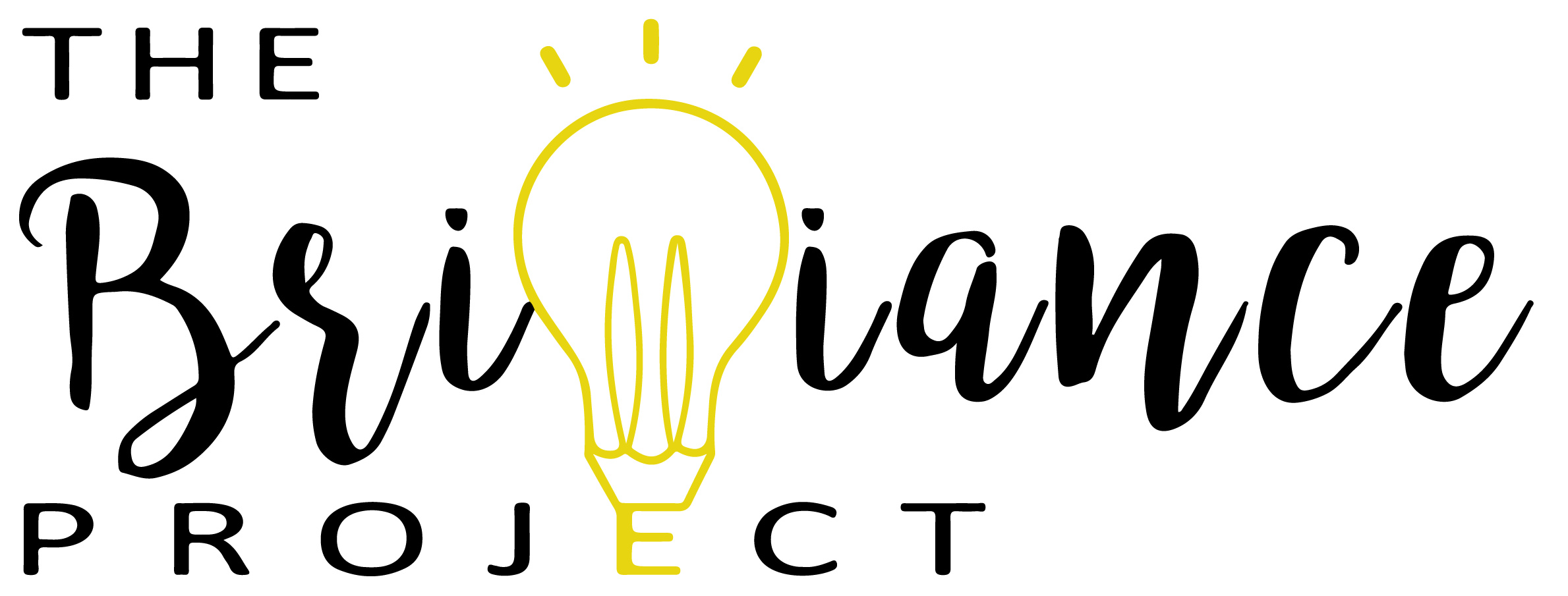In any feedback exchange, the giver receiver is in
control.
In any feedback exchange, the giver receiver is in
control.
Throughout our field, educators develop the means of how to give great feedback, whether it be to students, parents, teachers, or school and district leaders.
In support of student growth and progress, it is imperative that we learn how to deliver feedback professionally and effectively. However, if the receiver doesn’t possess the disposition to listen to the refined messages we convey, our communication will not inspire the reflection, empowerment or change that we wish to see.
Let’s then consider our opening question:
In any feedback exchange, is it the giver or the receiver that is in control?
What is feedback?
Hattie and Timperley (20071Hattie, J., & Timperley, H. (2007). The Power of Feedback. Review of Educational Research, 77(1), 81-112. Source) defined feedback as “information provided by an agent regarding aspects of one’s performance or understanding.”
In the classroom with students, feedback has proven to be one of the most empowering and effective pedagogical practices educators can employ. Shute (20082Shute, V. (2008). Focus on Formative Feedback. Review of Educational Research, 78(1), 153-189. Source) definition of feedback explicitly connects it to the process of learning, describing it as “information communicated to the learner that is intended to modify his or her thinking or behavior for the purpose of improving learning.”
In a more recent reference, Hattie and Zierer (20173Hattie, J., & Zierer, K. (2017). 10 mindframes for visible learning : Teaching for success. Abingdon, Oxon ; New York, NY: Routledge. Source) noted that “Feedback is among the most thoroughly researched methods of all and is one of the most powerful influences on learning performance. Visible Learning cites 25 meta-analyses with an average effect size of 0.75 in the last 30 years alone.”
Although Hattie has not published within his research a narrower view of the influence of feedback in adult learning, we might infer from the generalized research that feedback performance is a powerful instrument in rapidly accelerating any learner’s journey, irrespective of age.
What are the problems when it comes to receiving feedback?
The meaning in the message
Interpreting the meaning of what another person is trying to communicate can be difficult due to the number of concealed variables, such as:
- Vague and nebulous words or phrases.
- Educational jargon that is subject to interpretation, such as “make more data-driven decisions,” “ensure you differentiate,” or “create a sense of engagement.”
- Biased and subjective perspectives.
- Lack of authority, expertise, and credibility.
We are all human, more some moments than others
When providing feedback, we can not control the magnitude of variables that might present at any given moment. The receiver can offer a variety of unpredictable reactions, including:
- Subject avoidance.
- Denial and refusal to believe the feedback provided.
- Responding with tangential, explanatory narratives.
- Personal and strong emotional reactions.
- Withdrawal from the interpersonal dialogue.
- Absolution of personal responsibility and the referral of blame to others.
The differential between the internal and external appraisal
Our self-understanding can contrast in varying degrees with how we might be externally viewed. For example, in a video review of practices educators are often surprised by what it reveals of themselves. A lifetime of invisible ‘things’ can suddenly become visible in a single moment.
In this way, feedback can challenge our internal perceptions of who we are, contradicting beliefs that we have long held. In these visceral awakenings, the psychologist, William Swann, suggests that we suffer from “the severe disorientation and psychological anarchy that occurs when [we] recognize that [our] very existence is threatened.” (Eurich, 20184Eurich, T. (2018). The Right Way to Respond to Negative Feedback. Harvard Business Review. Source)
What are some methods for receiving feedback?
Start with gratitude
By acknowledging feedback in this way, the receiver creates conditions to achieve the reciprocal positive outcomes. In professional environments, often the giver can be nervous or concerned about the potential reactions of the receiver. After receiving a response of gratitude, the giver can be placed at ease. By methodically starting with gratitude, the receiver decreases the probability of a reflexive, emotional response.
The best immediate response can be no response.
Feedback often goes wrong when the receiver reacts immediately, failing to process the communication to understand what it means and what to do with it. We may need time to change our immediate reaction to the received feedback, understand and channel our emotions, and cultivate an appropriate response. It is entirely appropriate to create space and time to process the feedback before responding.
Invite feedback and criticism.
Inviting feedback and criticism prepares you to receive it. It demonstrates to those around you that you are not stationary, but rather dynamic, evolving and committed to ongoing professional growth. One compelling question any learner can ask a peer or supervisor is:
What is one thing I am doing or failing to do where you think I’m getting in my way?
Start with this question, within trusted relationships at first. If you open the door to feedback, be prepared to hear something about yourself that you might need to work on. Embrace it and demonstrate action towards development. The key here is consistency, repeat and embed the cycle of inviting and receiving feedback.
Deciding to intentionally teach, develop and equip students, parents, teachers, and leaders to receive feedback is one that can radically overhaul your current feedback culture, accelerate progress to your intended outcomes, foster trust, and help everyone become a better version of themselves.
- 1Hattie, J., & Timperley, H. (2007). The Power of Feedback. Review of Educational Research, 77(1), 81-112. Source
- 2Shute, V. (2008). Focus on Formative Feedback. Review of Educational Research, 78(1), 153-189. Source
- 3Hattie, J., & Zierer, K. (2017). 10 mindframes for visible learning : Teaching for success. Abingdon, Oxon ; New York, NY: Routledge. Source
- 4Eurich, T. (2018). The Right Way to Respond to Negative Feedback. Harvard Business Review. Source
- 1Hattie, J., & Timperley, H. (2007). The Power of Feedback. Review of Educational Research, 77(1), 81-112. Source
- 2Shute, V. (2008). Focus on Formative Feedback. Review of Educational Research, 78(1), 153-189. Source
- 3Hattie, J., & Zierer, K. (2017). 10 mindframes for visible learning : Teaching for success. Abingdon, Oxon ; New York, NY: Routledge. Source
- 4Eurich, T. (2018). The Right Way to Respond to Negative Feedback. Harvard Business Review. Source

